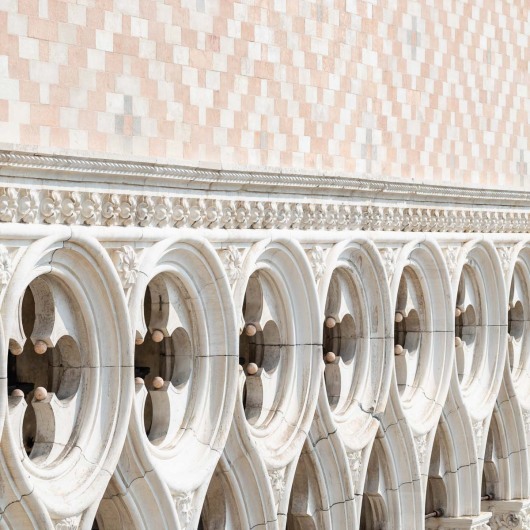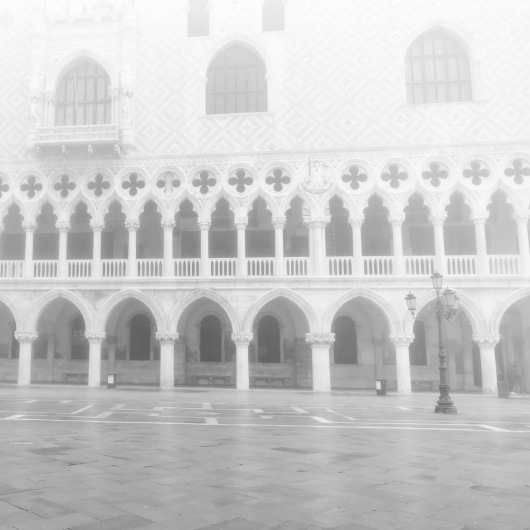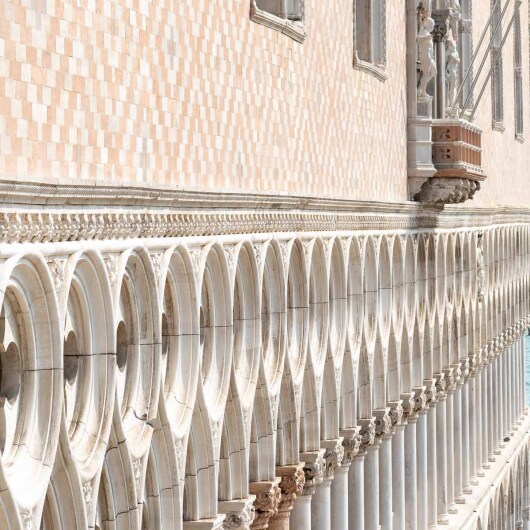Doge's Palace
Venice's Crown Jewel of Power, Intrigue, and Artistic Splendor
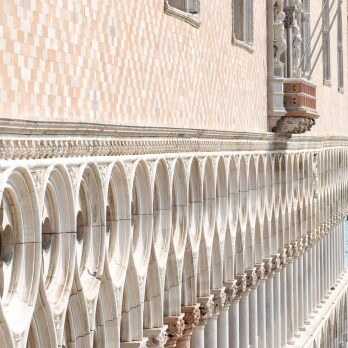
Centerpiece of Venetian Power
The Doge's Palace stands prominently on Piazzetta San Marco, facing St. Mark’s Basin and near the iconic Basilica.
It's bordered by the National Library and overlooks the Riva degli Schiavoni. Easily reached by vaporetto—Line 1, 2, or 5 series—or on foot via Piazza San Marco.
Private water taxis offer a scenic, direct arrival at nearby docks
Echoes of Venetian Rule
Dating back to the 9th century, the Doge's Palace was transformed into the Gothic style between the 14th and 15th centuries. It served as the residence for Venice’s leaders, councils, & courts.
Renowned for its open architecture, exquisite artwork, and eerie prisons, it represented justice, prosperity, and the mystery of a long-standing republic.
The legendary escape of Casanova adds to its mystique.
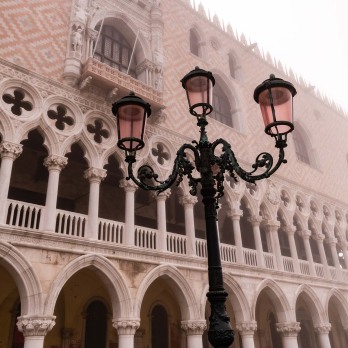
Floating Power and Art
The Doge’s Palace impresses with its delicate Gothic architecture, topped with pink bricks and white stone. Inside, expansive rooms display Renaissance artworks such as Tintoretto’s “Paradise.”
Guests can follow Venice’s political history as they walk over the eerie Bridge of Sighs or venture into the dimly lit prisons. Its grandeur, meaning, and artistic value establish it as a significant cultural icon.
Optimal Times to Visit
Arrive at the Doge’s Palace early in the morning around 9 AM to enjoy peaceful rooms and lovely lighting.
Late afternoons are also good times, with fewer visitors and warm reflections on the marble. Try to avoid the busy midday hours and long lines. The best times to visit are during the shoulder seasons of April to May and September to October.
Sometimes, the palace opens in the summer evenings.
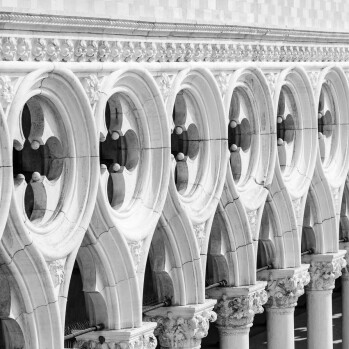
Essential Tips for Visitors
Purchase tickets in advance to avoid queues and guarantee admission.
Allocate 3 to 4 hours to see main attractions such as the Bridge of Sighs and Scala d’Oro. Wear comfortable footwear for extensive walking and stair climbing. Be respectful of the artwork and adhere to security regulations.
Photography is permitted in most sections. Utilize audioguides and maps, and verify any closures prior to your visit.
Venetian Wonders Nearby
In the heart of Venice, discover the magnificent St. Mark’s Basilica, wander through Piazza San Marco, and explore the refined galleries of Museo Correr.
Ascend the Campanile for panoramic vistas or view the Bridge of Sighs from Ponte della Paglia. Enjoy a walk along the waterfront promenade, visit the Marciana Library, and experience a picturesque vaporetto or gondola journey along the Grand Canal.
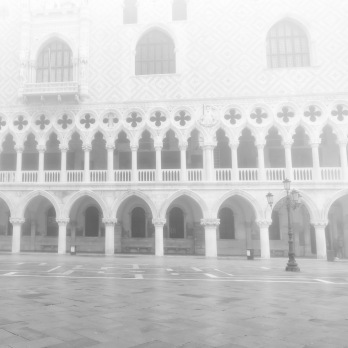
Heart of Venetian Identity
For hundreds of years, the Doge's Palace served as the center of Venice’s government, judiciary, and ceremonial activities. It was the residence of the Doge and the Republic’s councils, the site of significant trials, and the venue for magnificent events. Although the Republic ended in 1797, the palace continues to stand as a powerful cultural emblem.
Symbol of Cinematic Venice
The Doge's Palace is a cultural symbol depicted in Canaletto’s artworks, Shakespeare’s dramas, and Casanova’s writings. It often serves as a backdrop in books and films, including James Bond and Indiana Jones.
Its Bridge of Sighs and refined interiors provide a captivating cinematic appeal, making it one of the most photographed and artistically renowned landmarks globally.
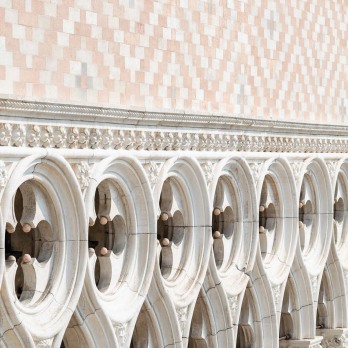
Venice’s Priceless Experience
Admission to the Doge’s Palace costs around €30–€35, including key civic museums. The Secret Itineraries Tour adds €10–€15 for exclusive chambers and Casanova’s cell. Discounts apply for students, seniors, and children.
A Museum Pass offers additional savings. With unmatched architecture and Renaissance art, it’s an essential experience—worth every cent for those seeking Venice’s soul.
Access with Smart Planning
The Doge’s Palace is suitable for families and older visitors who plan ahead. While older children appreciate the historical stories and prison legends, younger children might get tired quickly.
Seniors should take their time navigating stairs and lengthy walks, particularly in the historic sections.
Accessibility is somewhat restricted, but areas on the ground floor are accessible.







